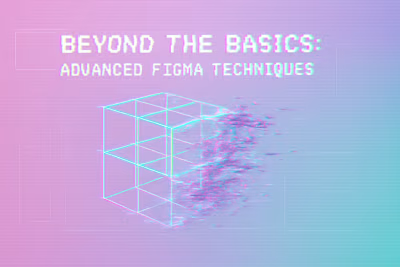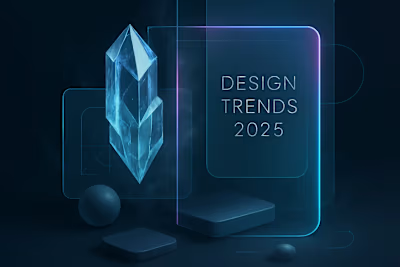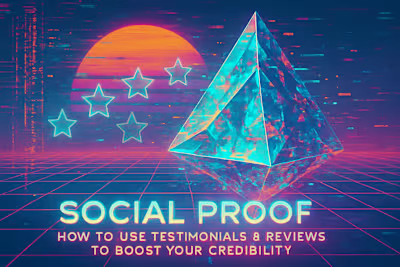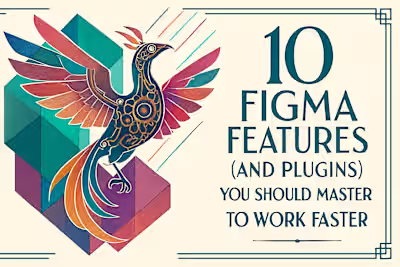Level Up Your Skillset: Non-Design Skills That Set You Apart
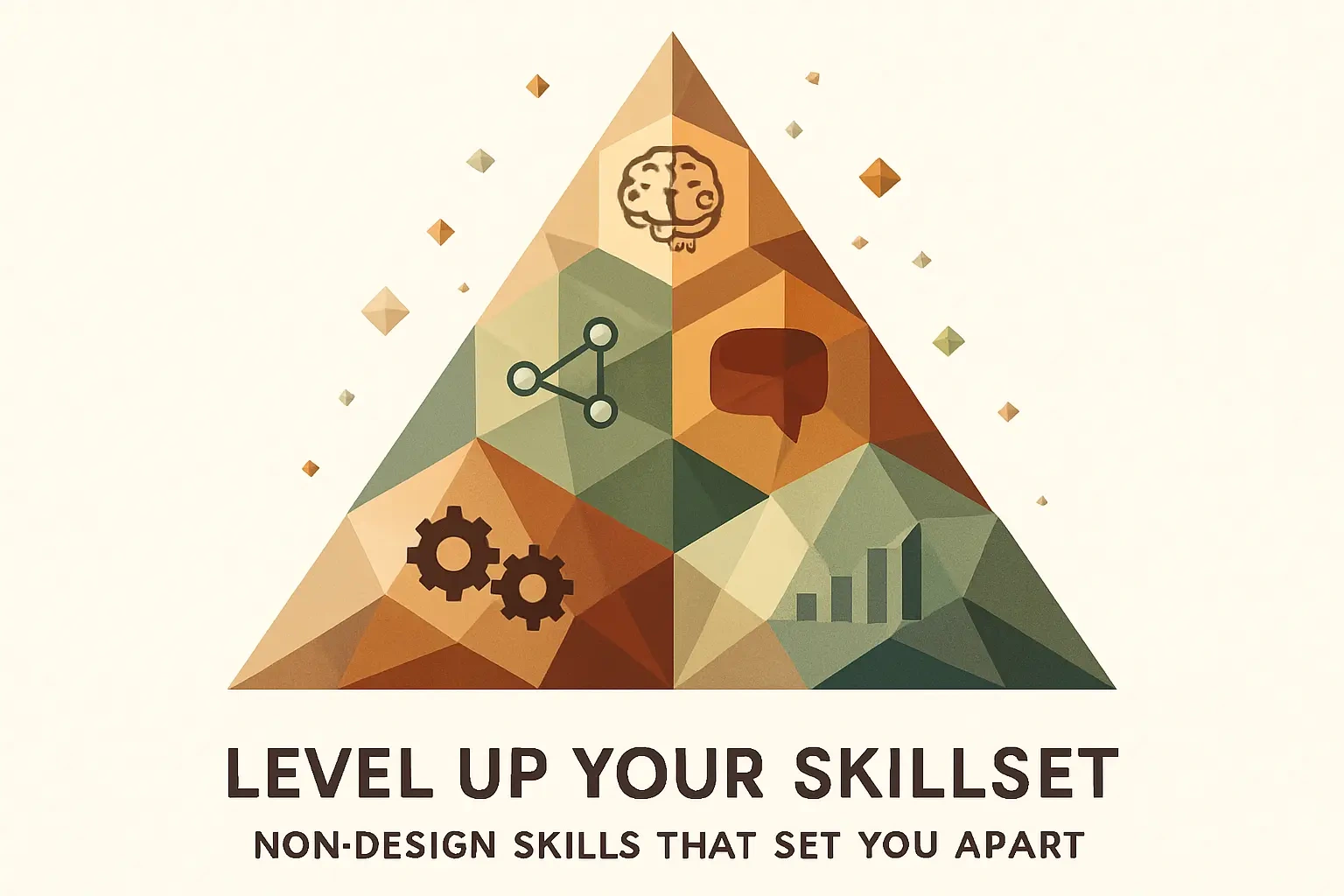
Level Up Your Skillset: Non-Design Skills That Set You Apart
The Business of Design: Thinking Like an Entrepreneur
Financial Literacy: Pricing, Budgeting, and Invoicing
Marketing and Self-Promotion
Negotiation and Contracts
Communication and Collaboration: The Soft Skills That Win Clients
Client Management and Relationship Building
Effective Communication: Written and Verbal
UX Writing and Microcopy
Expanding Your Strategic Toolkit
Basic UX Research Principles
Understanding Animation and Motion Design
Time Management and Organization
Conclusion
References
Level Up Your Skillset: Non-Design Skills That Set You Apart
The Business of Design: Thinking Like an Entrepreneur
Financial Literacy: Pricing, Budgeting, and Invoicing
Marketing and Self-Promotion
Negotiation and Contracts
Communication and Collaboration: The Soft Skills That Win Clients
Client Management and Relationship Building
Effective Communication: Written and Verbal
UX Writing and Microcopy
Expanding Your Strategic Toolkit
Basic UX Research Principles
Understanding Animation and Motion Design
Time Management and Organization
Conclusion
References
Posted Jul 6, 2025
Great design skills are just the start. Discover the essential non-design skills—like business acumen, UX writing, and client management—that will elevate your career as a freelance designer.






